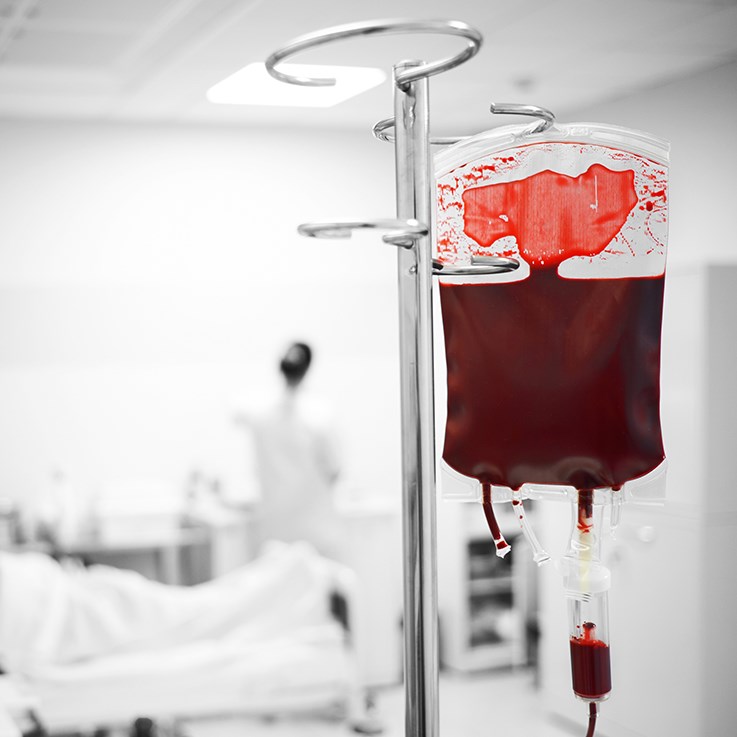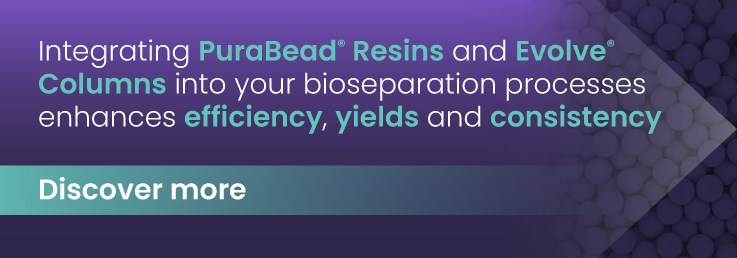Plasma and blood proteins form the backbone of both therapeutic products and diagnostic assays, and many of these molecules are either naturally glycosylated or undergo glycation in circulation. Glycosylation refers to the enzymatic attachment of carbohydrate groups to specific sites on a protein, a modification that is essential for correct folding, stability, secretion, and biological activity. In contrast, glycation is a non-enzymatic process in which reducing sugars, such as glucose, bind to amino acid residues over time, a reaction that is strongly influenced by circulating glucose levels. Both processes alter the structure and function of plasma proteins, making glycosylation a defining feature of many therapeutic products and glycation a valuable source of diagnostic biomarkers.
Clotting factors, including Factor VIII, Factor IX, and fibrinogen, are glycosylated proteins, and these modifications directly influence their secretion, circulation half-life, and functional activity. Plasma-derived versions of these proteins remain important in hemophilia therapy and surgical applications, with fibrinogen concentrate seeing increasing clinical use in trauma management. In addition to their natural glycosylation, clotting factors are also subject to glycation in hyperglycemic states, where modifications such as glycated fibrinogen have been shown to disrupt normal clot formation and contribute to the pro-thrombotic environment characteristic of diabetes.
Hemoglobin differs from clotting factors in that it is not glycosylated but is highly susceptible to glycation. The best-known example is glycated hemoglobin (HbA1c), which serves as the gold-standard diagnostic marker for long-term glycemic control. The measurement of HbA1c is one of the most widely adopted assays worldwide, underscoring how non-enzymatic glycation of blood proteins can have immense diagnostic and clinical significance.
Taken together, glycosylated and glycated plasma and blood proteins represent critical targets for both therapeutic development and diagnostic testing. Naturally glycosylated proteins, such as immunoglobulins and clotting factors, rely on their carbohydrate structures for biological activity, while non-enzymatically glycated proteins, such as albumin and hemoglobin, provide key biomarkers for metabolic disease. Both groups highlight the importance of understanding and controlling protein glycosylation in the plasma proteome.







